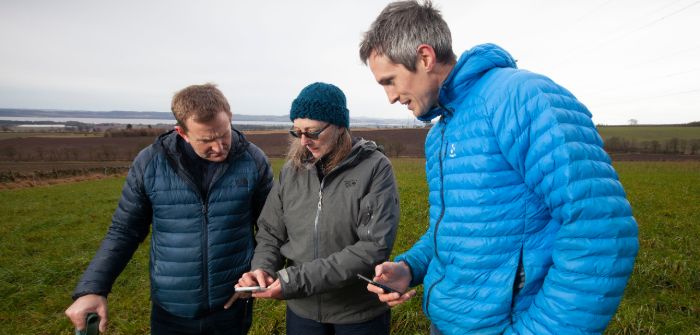London Heathrow Airport has announced that it has achieved carbon-neutral status for its infrastructure and aims to be a zero-carbon airport by the mid-2030s.
Following investment of more than £100m (US$127m) in improving Heathrow’s energy efficiency and generating and purchasing renewable energy, the airport has reduced carbon emissions from airport buildings and infrastructure by 93% compared with 1990. The remaining 7% of airport infrastructure emissions – including those from heating – will now be offset through tree planting projects in Indonesia and Mexico certified through the Verified Carbon Standard.
Offsetting will be an interim measure to reduce carbon emissions while Heathrow works toward becoming a zero-carbon airport. This year, the London airport will focus on making improvements to sustainable transport links and ensuring it meets its target to transition all of its cars and small vans to electric and plug-in hybrid.
Marking its carbon-neutral milestone, the airport announced a further investment of £1.8m (US$2.3m) to kick-start UK nature-based carbon saving projects.
A new native woodland creation project at Ledmore near Ullapool in Scotland will be the first to receive new funding from Heathrow. In partnership with Forest Carbon, the project will cover 87ha and will help explore opportunities for woodlands to deliver effective UK carbon offsetting alongside a range of other benefits including biodiversity and better soil and water quality.
Ledmore is the latest addition to a portfolio of natural carbon capture projects supported by Heathrow since 2018. Worth over £270,000 (US$326,250), these include a regenerative farming pilot project near Dundee, Scotland; the restoration of Little Woolden Moss peatland, west of Manchester; and the planting of new woodlands at Henry’s Wood in Carmarthenshire, Wales.
Heathrow chief executive John Holland-Kaye, said, “Making our infrastructure entirely carbon neutral is a significant milestone and a testament to the determination of our airport to help spearhead a new era of sustainable aviation. Our sights are now set on working with the global aviation industry to deliver on net-zero by 2050 at the latest. We can and will cut the environmental cost of flying, while keeping the benefits of travel for future generations.”

